The Church of Vankasar
Location
The church is located in Askeran region of the Republic of Nagorno Karabakh, on the left side of the highway leading from Stepanakert to Martakert, on the highest peak of Vankasar, in the territory of Tigranakert town of Artsakh, at a height of 290 meters above the valley (Fig. 1).
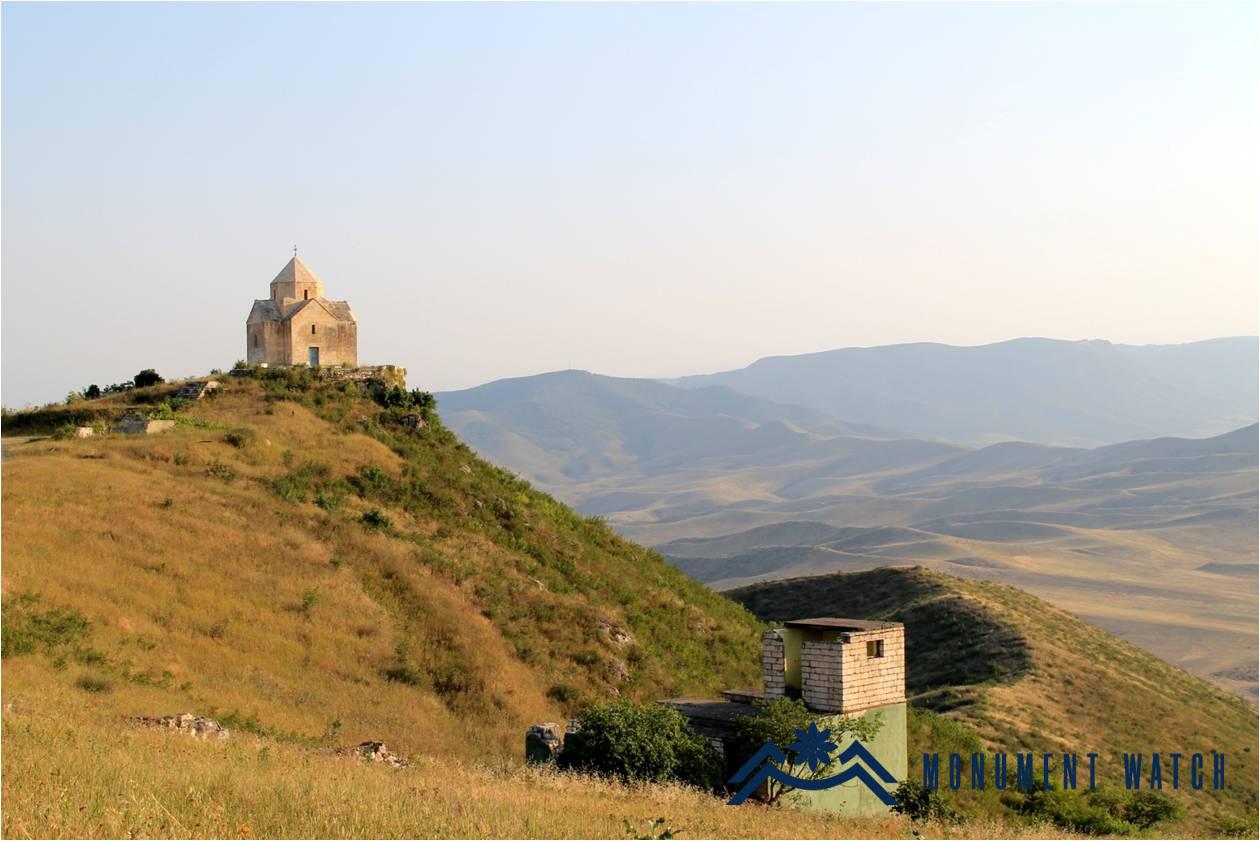
Fig. 1 The Church of Vankasar and its surroundings, photo by L․ Kirakosyan.
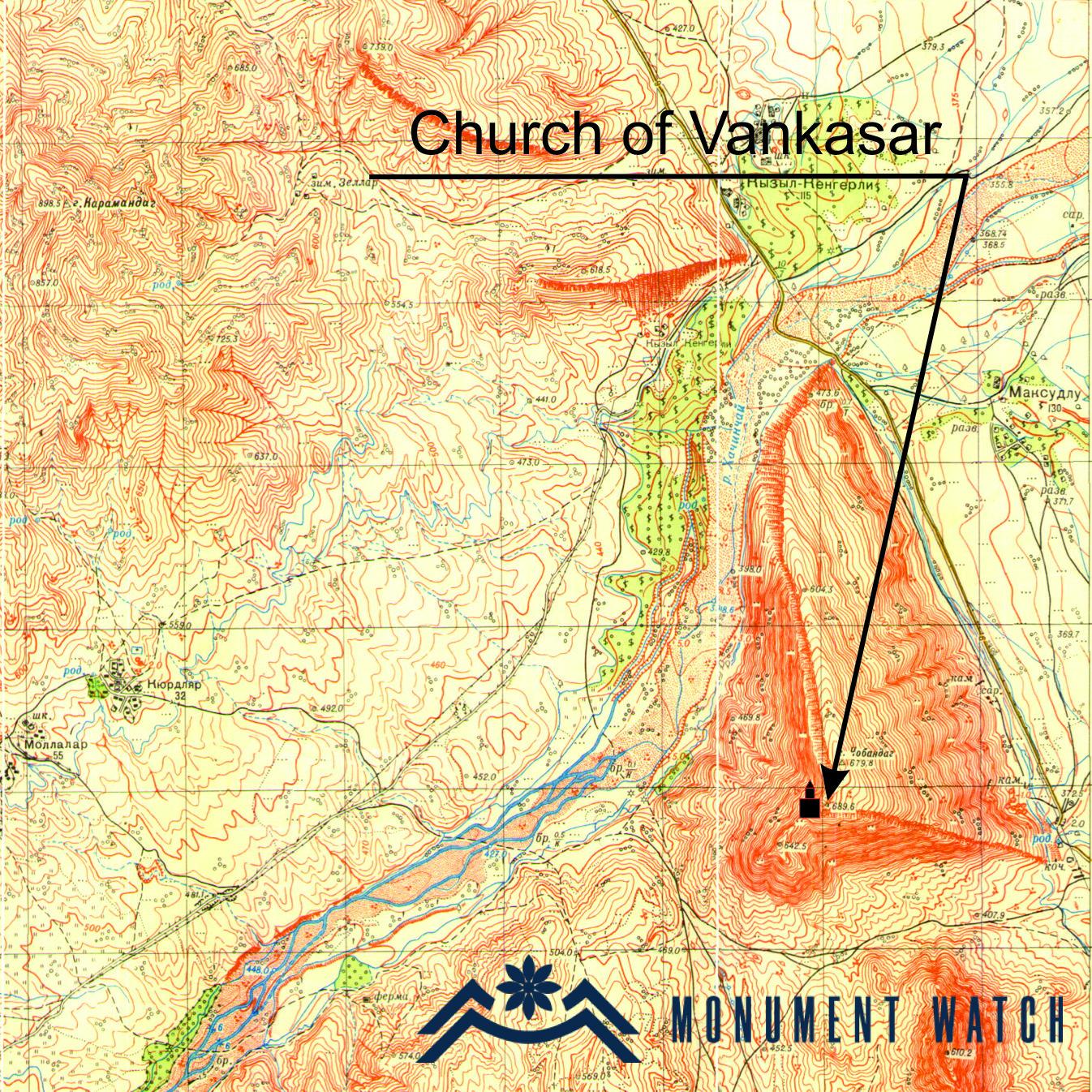
Historical overview
The first mention of the church was left by Archbishop Sargis Jalalyants: “At the top of the mountain there are ruins of a monastery, which is traditionally said to have been the prelacy of this province” (Jalalyants 1858, 344). In 1890, Archimandrite Khachik Dadyan visited the church and presented the first schematic plan of the monument and copied the Armenian inscription of the khachkar found near the church (RAHSCA, p. 319, l. 1, c. 137, sht. 4). Makar Barkhudaryats brings traditions in his book “Artsakh”, and according to one of them, the construction of the church is attributed to Prince Vache 2: “Vache 2 built a cruciform monastery, whose head is now completely destroyed” (Barkhutaryants 1895, 414).
Architectural-compositional examination
The church is built of large polished blocks of local milky limestone and mortar. It has a cruciform layout and belongs to the type of the early medieval small cruciform central-domed triapsidal Armenian churches. In its volumetric-spatial composition it is very similar to the small churches of Talin, Karashamb and Aylaber and is attributed to the middle of the 7th century (Grigoryan 1982, 27).
The square under the dome that forms the basis of the composition is enclosed by a rectangle on the west and semicircular cross-wings on the other sides, which are rectangular outwardly. The east-west axis of this planning composition is 10.5 meters long and the north-south axis is 9.15 meters, as a result of which the western cross-wing has been extended by 1 meter (9.7 x 8.7 meters). The entrances are opened at the cross-wings on three sides (except the eastern one), where there are also windows. All openings of the entrances are equal (1.5 meters, Fig. 2). The presence of entrances in the three cross-wings is the peculiarity of the Church of Vankasar among such monuments (Kirakosyan 2013, 122, 123). The western entrance had a sculpted lintel covered with a cross-shaped composition (Mkrtchyan 1985, 78). The chapiter cornices of the arch pillars are adorned with elliptical leaf-shaped carvings. All the stones of the church bear the marks of the masters (Fig. 3), most of which are Armenian letters, identical to the symbols of the 7th-century temple of Sisian (Ямпольский 1960, 249).
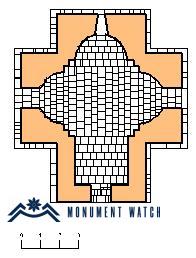
Fig. 2 Planning composition of the Church of Vankasar, photo by L. Kirakosyan.
Bibliographic examination
During the Soviet era, the Church of Vankasar was known to the scientific community. The monument was first studied and presented to the scientific community by Z. Yampolsky. The plan and photos of the church were also published here. However, despite the fact that he himself mentions the identity of the compositional features of the structure with a number of other early medieval Armenian churches, without any justification, he considers the monument to be Albanian (Ямпольский 1960, 249). Other researchers of the monument (Hasratyan 1992, 28, 29, Grigoryan 1982, 26, 27, Mkrtchyan 1988, 63, 64, Karapetyan 2001, 210-213, Simonyan, Sanamyan 2005, 165-167) gave a worthy assessment and response to Yampolsky’s publication on the alienation of the Church of Vankasar from Armenian culture. As a result of the study of original measurements, archival materials and comparative analysis, the complete and real image of the plan and volumetric-spatial composition of the Church of Vankasar and the essence of the Azerbaijani “restoration” were presented (Kirakosyan 2013).
The condition before, during and after the war
The Church of Vankasar suffered serious losses during the restoration in an “Azerbaijani” way in the 80s of the last century. First of all, the natural environment and landscape of the monument were disturbed, and construction activities inappropriate for the cultural and spiritual environment was carried out around it. The territory was constructed with buildings intended for leisure and entertainment. They were damaged during the First Artsakh War and turned into ruins (Fig. 4).
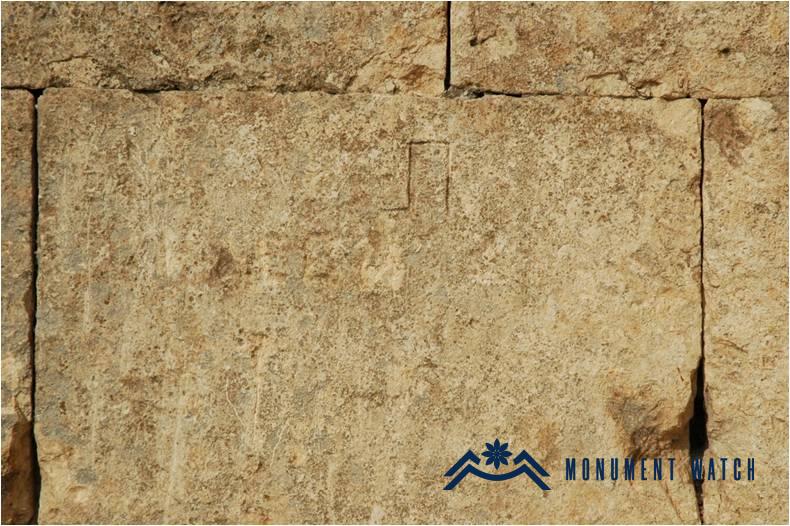
Fig. 3 A stone of the church wall bearing the mark of the master, photo by H. Petrosyan.
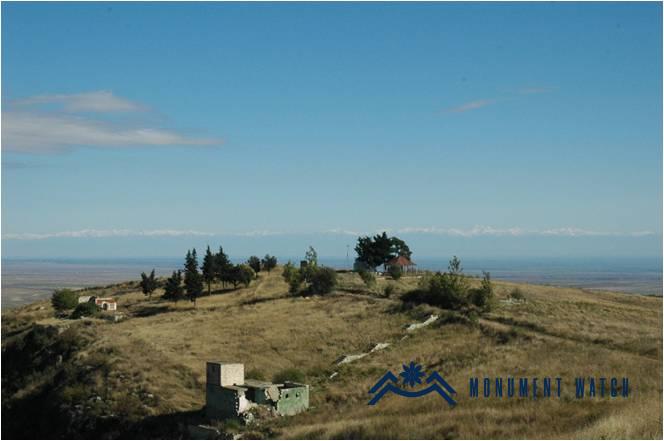
Fig. 4 Ruins of the Soviet-era constructions in the surroundings of the Church of Vankasar after the First Artsakh War, photo by L. Kirakosyan.
The church was “restored” ignoring the structural and symmetrical features of the building. The cornices were not lined up on the fronts, the Armenian inscription and the cross relief on the lintel of the western entrance were deliberately destroyed (Figs. 5, 6). The window openings have also been modified. The methods of realizing construction of structural nodes (squinches, tholobates, vault, dome) have been changed.
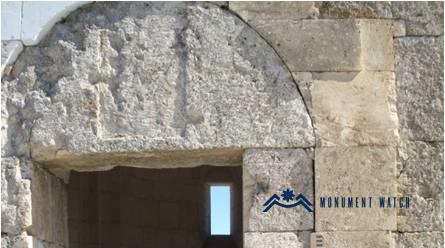
Fig. 5 The cross relief on the lintel of western entrance of the church in 1986, Karapetyan S., Armenian cultural monuments in the region of Karabakh, NAS RA Publishing House, Yerevan, 2001, p. 211.

Fig. 6 The cross relief on the lintel of western entrance after the Azeri “restoration”, photo by L․ Kirakosyan.
In 1986, while the Azerbaijani “restoration” was underway (Figs. 7, 8), S. Karapetyan and A. Ghazaryan, who were conducting research in the Church of Vankasar, certified two inscriptions that were in a semi-defaced state (Karapetyan, 2001, 212). At that time, the khachkar dated 1263 which was described by Archimandrite Khachik Dadyan was no longer in situ. Other khachkars once used to be erected around the church. One of them, which dates back to the 13th century, was moved by the Azerbaijanis to the Aghdam Stone Museum. At that, some parts of the central cross of the khachkar have been scratched beforehand so that it is not understood that it is a khachkar.
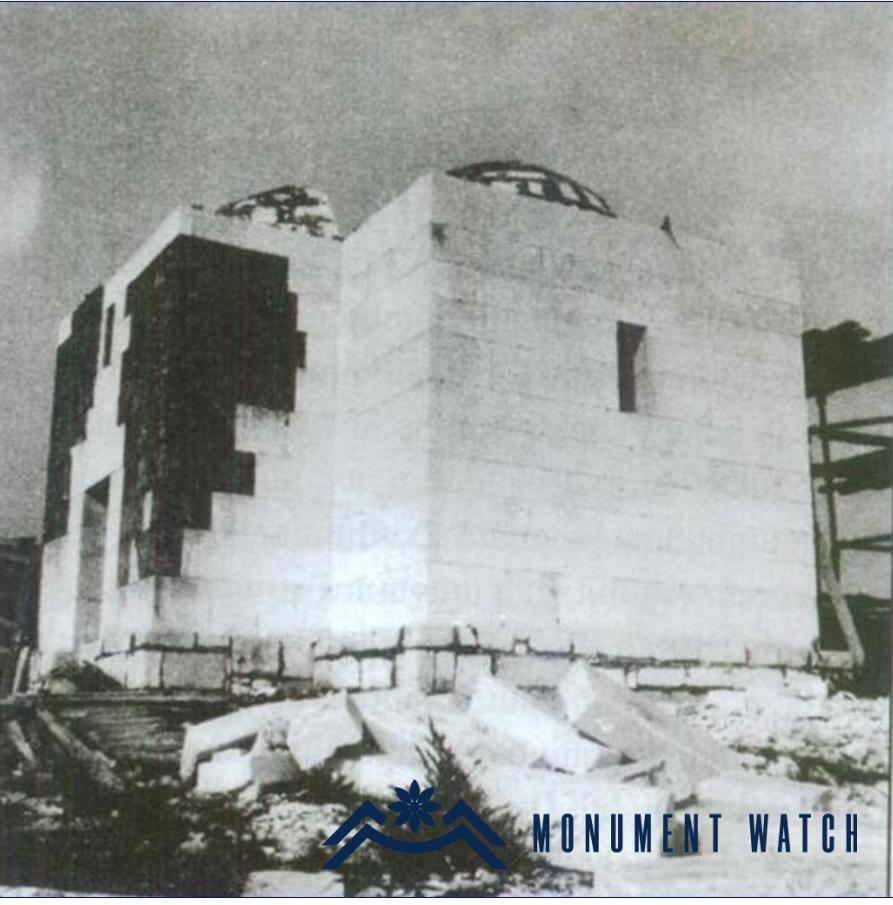
Fig. 7 The view of the Church of Vankasar during the “restoration”, Karapetyan S., Armenian cultural monuments in the region of Karabakh, NAS RA Publishing House, Yerevan, 2001, p. 212.
Today the khachkar is erected in the yard of the Church of Askeran (Fig. 9). In the same way, the Azeris scratched and smoothed the cross composition on the lintel of the western entrance of the church. It is not excluded that it also had an Armenian inscription. Ignoring all these facts, the Azerbaijanis declared the church as Albanian.
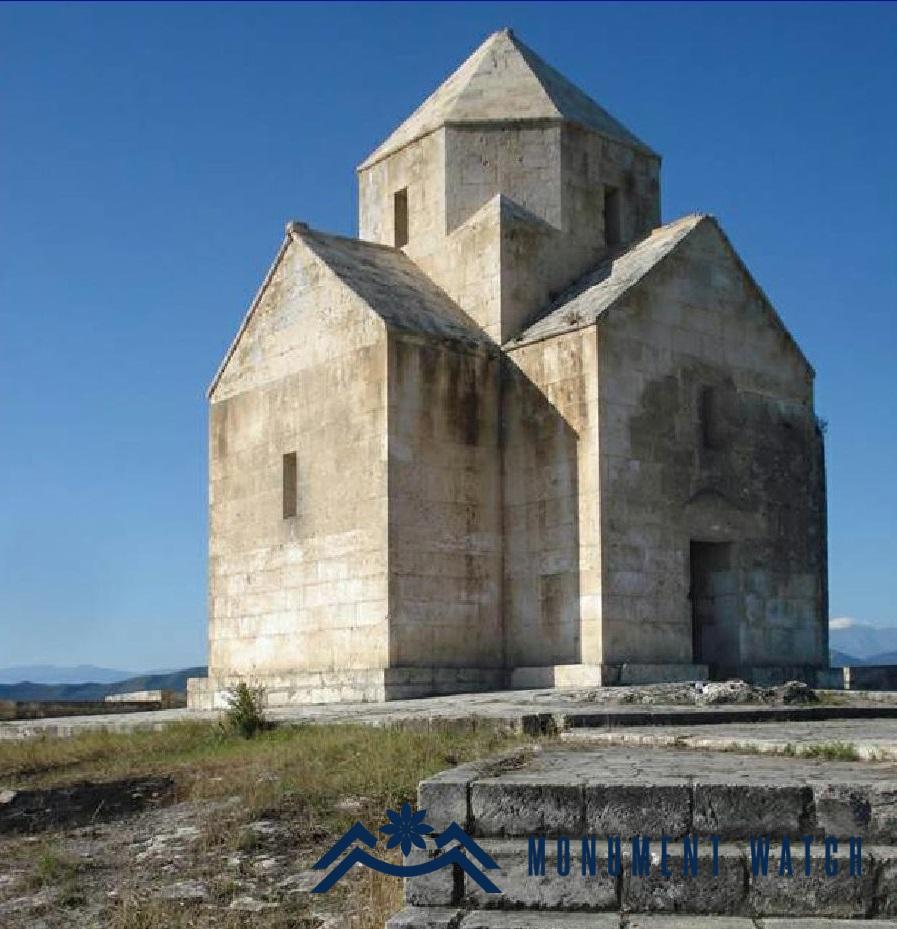
Fig. 8 The view of the church after the restoration, photo by L․ Kirakosyan.
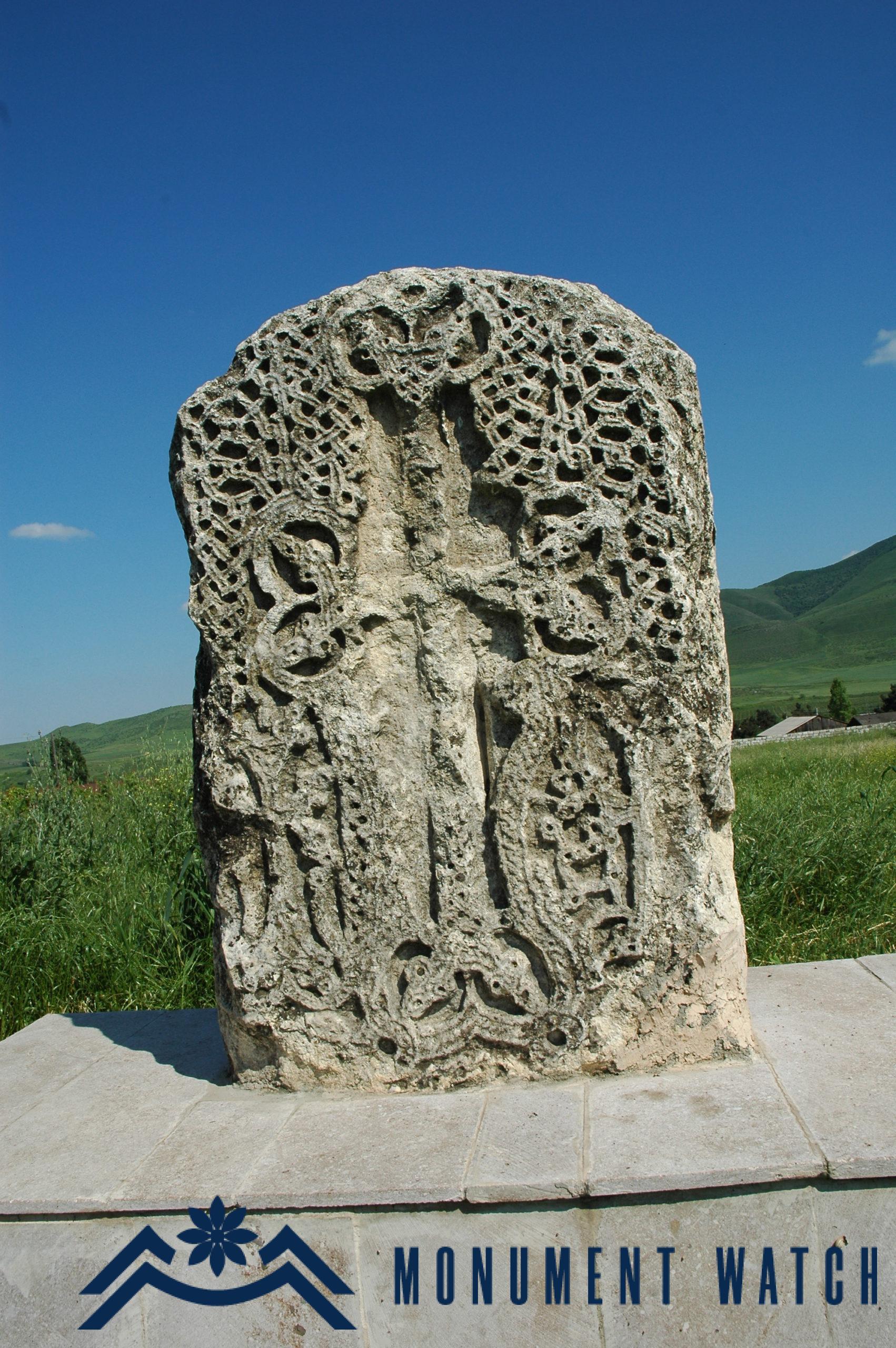
Fig. 9 The khachkar belonging to the 13th century, located in the territory of the Church of Vankasar, which was displaced in the Soviet period and today stands in the yard of the Church of Askeran, photo by L. Kirakosyan.
The Church of Vankasar was damaged also during the First Artsakh War. The projectile opened quite a large hole above the lintel on the western front, which threatened the stability of the wall (Fig. 10). In the fall of 2011, the NKR Department of Tourism carried out cleaning, strengthening and improvement works here. The partial reinforcement activities were completed in January 2012 and a cross was placed on the dome of the church. The destroyed part of the western front has been rebuilt. Metal doors were installed at the entrances. The stage has been restored in the interior – in the eastern altar.
During the Second Artsakh War, the Church of Vankasar was also an Azerbaijani target. Fortunately, it did not suffer considerable damage (Fig. 11).

Fig. 10 The view of the Church of Vankasar after the First Artsakh War. Photo by Hrayr Baze.

Fig. 11 The view of the Church of Vankasar after the Second Artsakh War. Photo by L. Kirakosyan.
Bibliography
- Barkhutaryants 1865 – Barkhutaryants M., Artsakh, Baku, “Aror”.
- Grigoryan 1982 – Grigoryan G., Early medieval central-domed small monuments of Armenia, Yerevan Publishing House of the Academy of Sciences of the Armenian SSR.
- Karapetyan 2001 – Karapetyan S., Armenian cultural monuments in the region of Karabakh, Yerevan, NAS RA Publishing House.
- Kirakosyan 2013 – Kirakosyan L., The architecture of the Church of Vankasar and Azerbaijani “restoration”, Historical-Philological Journal, Issue 1, pp. 121-124.
- Hasratyan 1992 – Hasratyan M., Artsakh School of Armenian Architecture, Yerevan, RA Academy of Sciences Press.
- Jalalyants 1858 – Jalalyants S., Journey to Greater Armenia, part 2, Tiflis.
- Mkrtchyan 1985 – Mkrtchyan Sh., Historical and architectural monuments of Nagorno Karabakh, Yerevan, “Hayastan” Publishing House.
- Simonyan, Sanamyan 2005 – Simonyan H., Sanamyan H., The monuments of Vankasar, “Monument”, Annual 3, Yerevan, “Monument” Publishing house, pp. 159-179.
- Мкртчян 1988 – Мкртчян Ш., Историко-архитектурные памятники Нагорного Карабаха, Ереван, «Парберакан».
- Ямпольский З., Памятники Кавказской Албании на горе Бешидаг, «Советская археология», 1960, N 2, с. 246-250.
- State Central Archive of the History of the Republic of Armenia, f. 319, l. 1, c. 137, sht. 4.
The Church of Vankasar
Artsakh